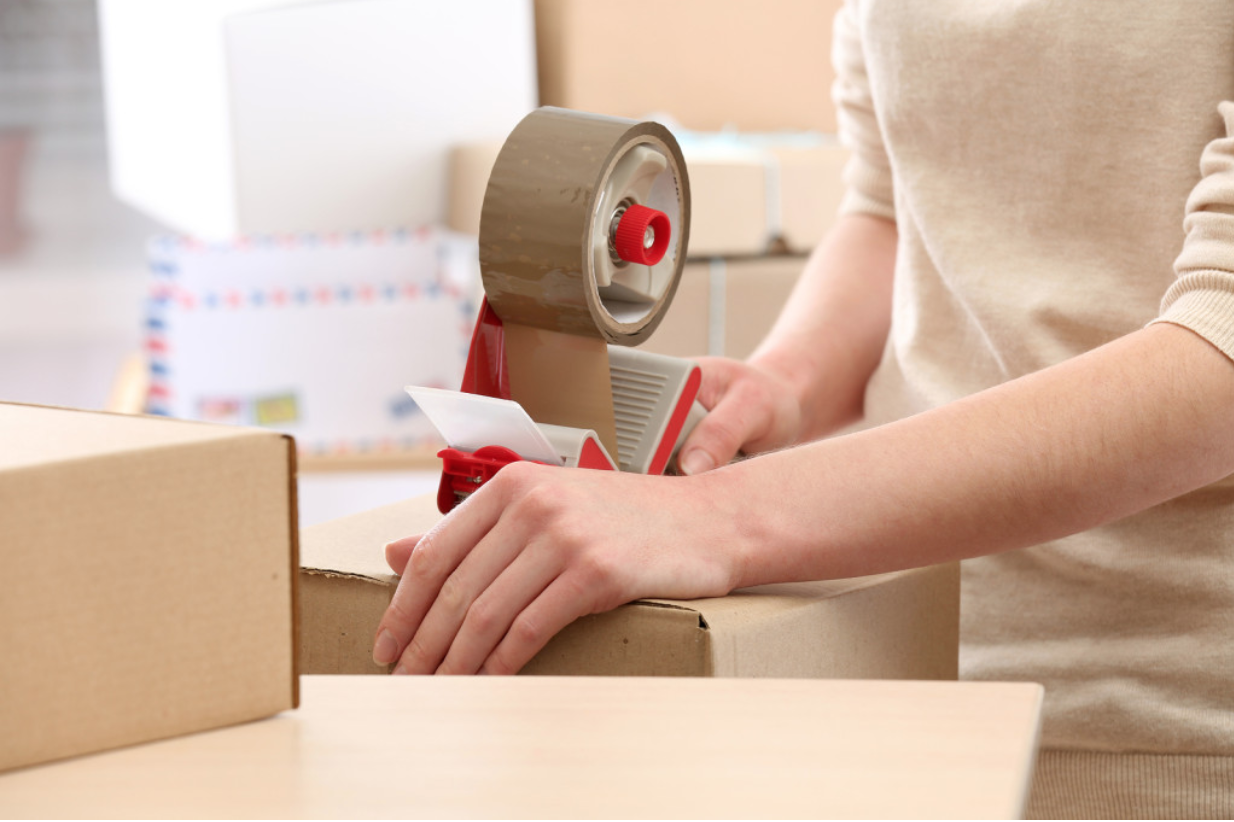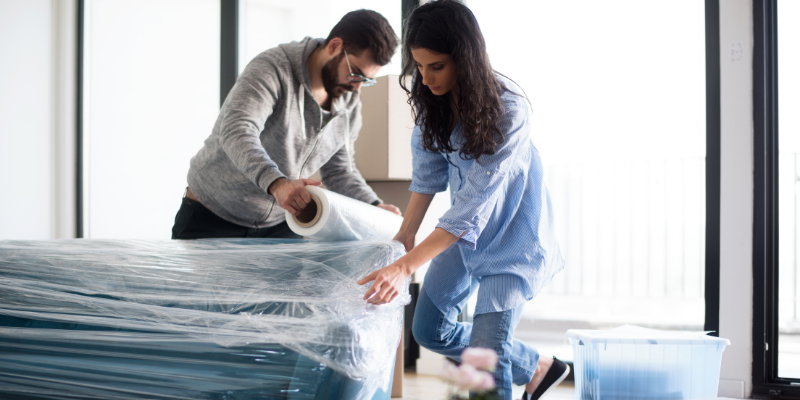Trying to get packed up for a move is hard enough, but when you’re trying to do it in a hurry it can be extra stressful. Whatever the reason for the quick move, it’s essential that you still get everything packed carefully so your belongings are safe and secure.

Here are a few tips and guidelines to make sure you handle packing for your move as efficiently as possible:
- Leave it to the pros — One of the easiest ways to ensure your packing is handled quickly and safely is to hire a professional moving team. Movers do this for a living and know how to get in, get you packed up, and get you on your way as quickly as possible. If you can, give serious consideration to hiring pros to pack you up.
- Don’t pack everything — This may seem counterintuitive, but one of the best tips we can give you is to reduce the amount of packing you have to do. To do this, you need to do a fast spring cleaning of all your belongings. Throw out anything you don’t need or want. If possible, donate it to a local charity so you’re reducing the amount that you have to pack. This is especially true when it comes to the kitchen. There’s no point in packing up a lot of food items for transit. Donate the unopened items to your local food pantry. Toss the opened items out and start fresh when you move into your new location.
- Pack an essentials bag — Before you start packing your other belongings, put together an essentials bag. This will include all the things you can’t live without for a few days. For instance, you’ll definitely want a couple of days’ clothing as well as your medicines and toiletries that you will need. Also, throw in your chargers for items like your phone or laptop as well as any paperwork that you might need for the move. If you have kids, do the same for them and include a few favorite toys and a book or video to keep them occupied during the move.
- Don’t empty your drawers — If you have a large dresser, don’t empty out the drawers and try packing the individual items. Instead, just leave everything in the drawers and use them as makeshift packing boxes to carry the items to your new location. You can even cover these in packing cling wrap to help keep everything bundled together nicely.
- Don’t try to sort things out — Another big packing tip would be to not try to sort items when you’re boxing them up. The goal here is to just get everything into a box as quickly as possible. If you are trying to pack up a bedroom, for instance, just start putting everything into boxes. Don’t worry about sorting out whose clothes belong to who or putting some order or organization to the boxes. This is going to mean a little more work when you unpack and try to organize your new home, but it does mean you can get packed quicker in your old location. Also, as you pack these items, make sure you go room-by-room. If you bounce around from one room to another, you’re going to slow yourself down.
If You Have to Move Quickly, These Tips Will Ensure You Get Everything Packed in Time
Moving is done best when you have the time to plan it out and organize yourself. However, if this isn’t possible, then you can always make use of these helpful tips to ensure that your quick move is as efficient as possible
You’ve found the moving company with over 40 years of experience, BBB-accredited and certified in Canada!
Crescent Moving & Storage has been in business for many years providing reliable, timely, and safe moving services for businesses and homeowners in the Vancouver area. Find out why so many trust Crescent Moving to care for their most valuable assets. Contact us for a FREE, no-obligation moving quote.








 That’s why it’s such a relief when you hire professional movers to do all of the hard work for you. If you’ve never hired professional movers, you may not know exactly what to expect from the experience.
That’s why it’s such a relief when you hire professional movers to do all of the hard work for you. If you’ve never hired professional movers, you may not know exactly what to expect from the experience. 